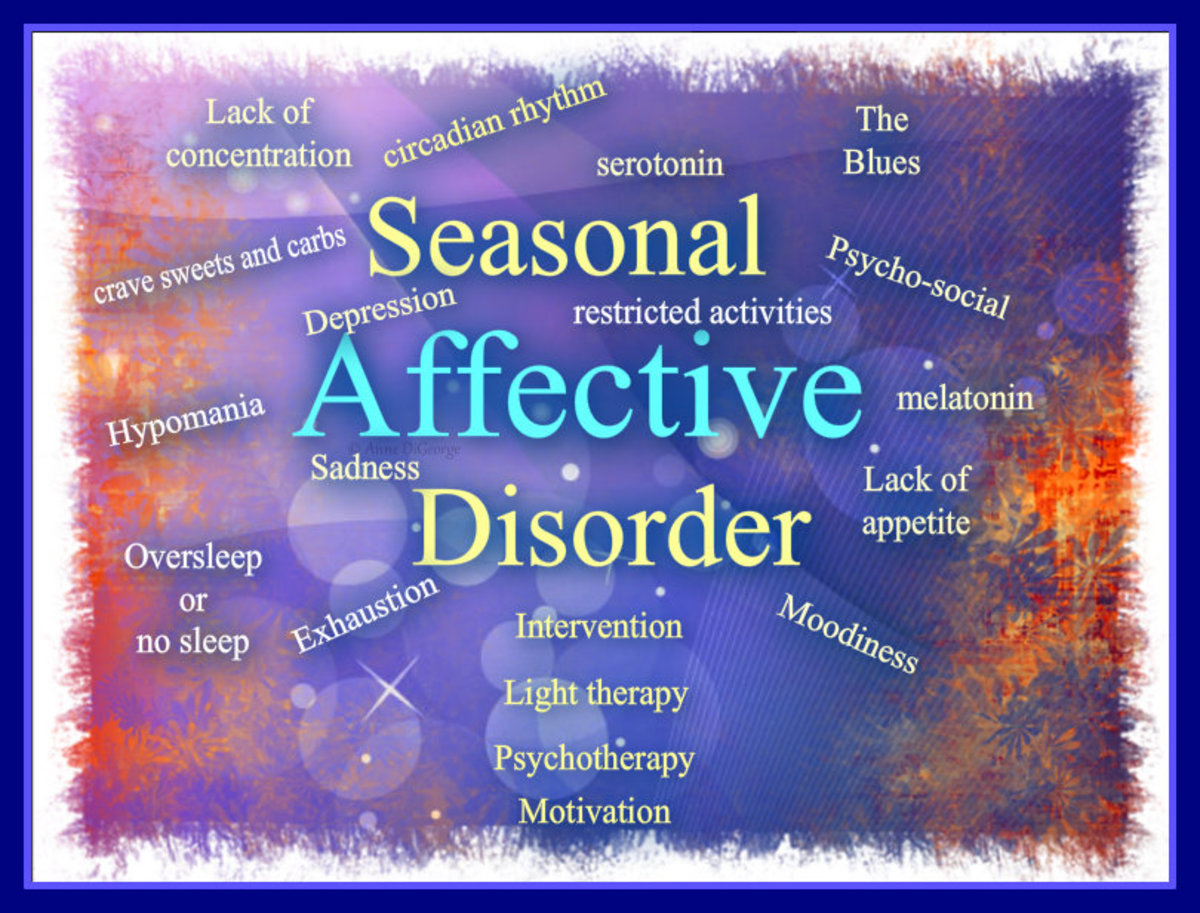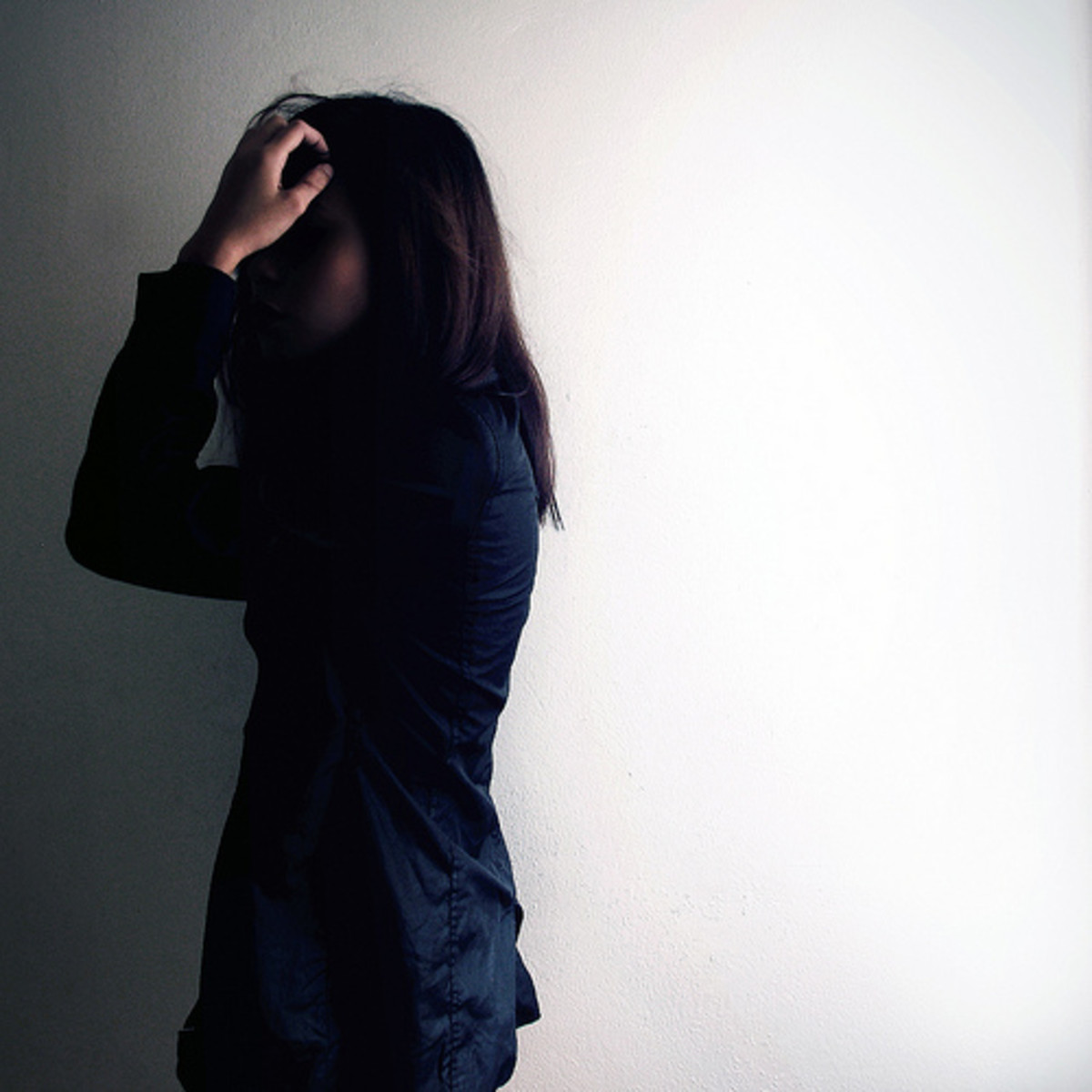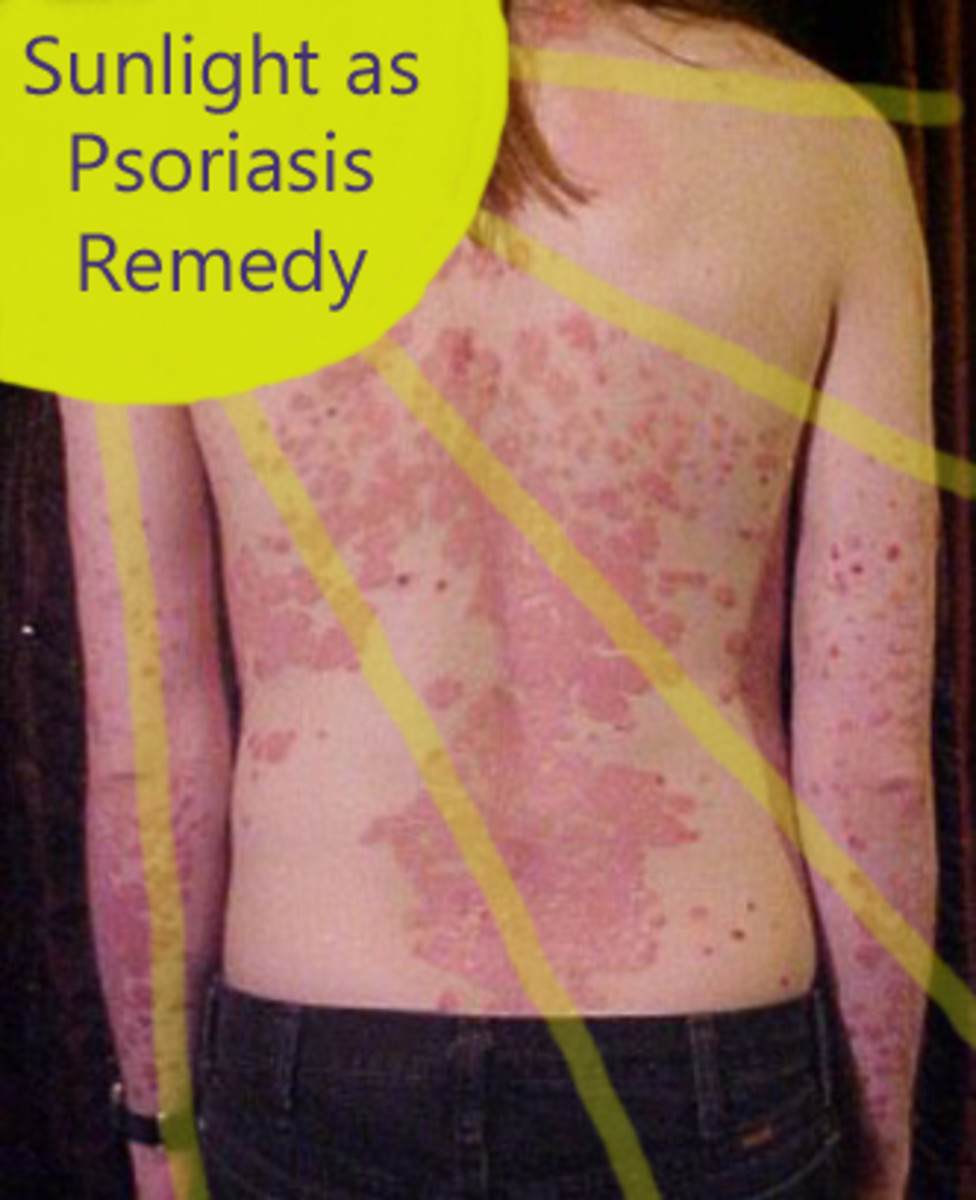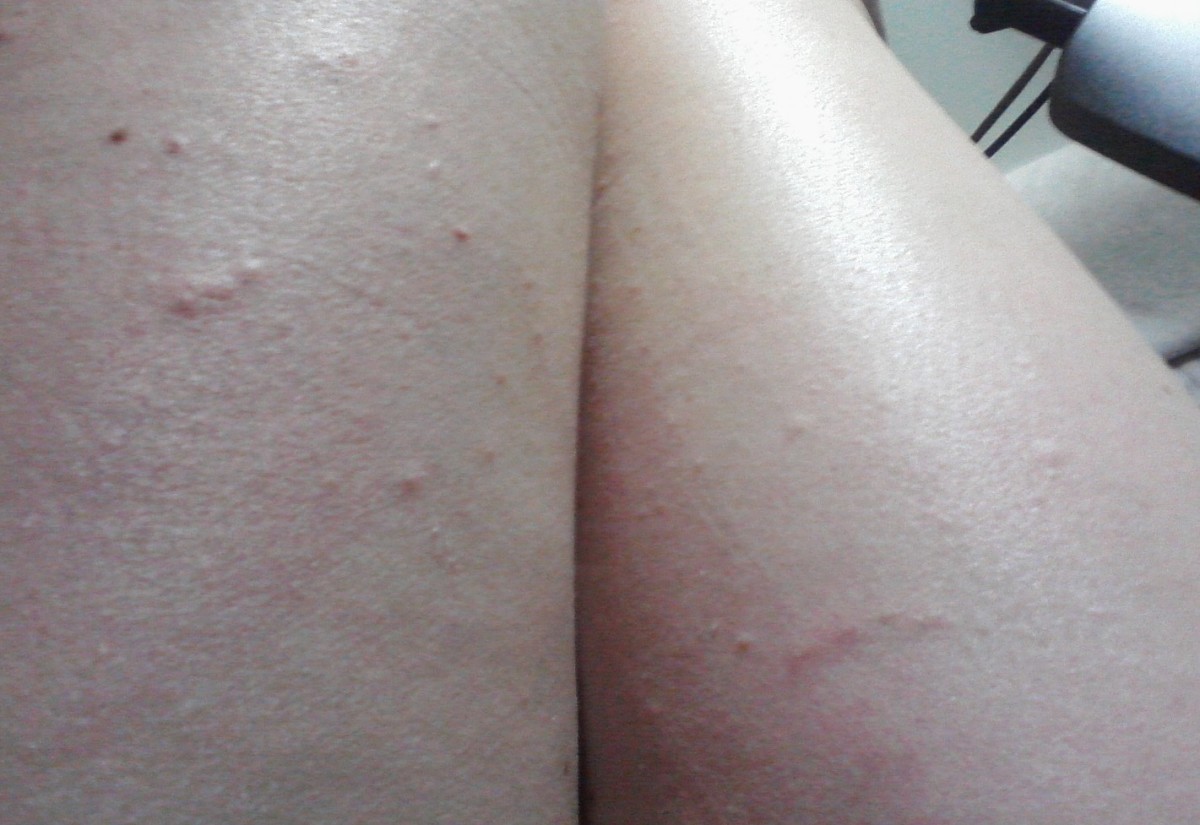Holistic Treatments for Seasonal Depression
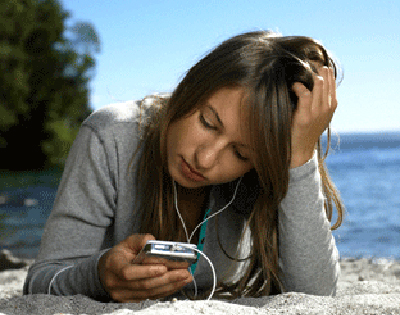
Holistic Treatments for Seasonal Depression will reveal natural and or herbal remedies that can assist sufferers from the winter blues called SAD. Maybe you or a loved one suffers from seasonal depression sometimes called winter depression or clinically known as seasonal affective disorder (SAD) and may not even be aware that it exists. Experts estimate that about 6 in every 100 people (about 6%) experience some seasonal affective disorders.
Also researchers have found that the number of people having the SAD symptoms varies from region to region. Within the United States New Hamphsire is seven times higher than Florida; which suggests that people living farther from the equator are more likely to develop seasonal affective disorders. It is also important to mention that men suffer from this type of depression as well. As the fall season rapidly approaches, I thought it would be great to share what I have learned about this illness within the last few years.
Being a positive individual, I noticed a couple of years ago how my mood begin to change during the holidays. Especially during the Christmas holidays when most people were at their happiest at time, I only felt worn, tired, and sad. For a couple of years felt it might be just loneliness since I was recovering from a relationship where we both decided to move on in life. However, by the second winter I knew it had to be more than loneliness for a relationship that had ending on mutual agreement. That’s when I decided to Google, “Why do I feel sad in the winter time?” And thank goodness Wikipedia and the Mayo Clinic are always there to provide answers.
What is Seasonal Affective Disorder (SAD)?
According to the Mayo Clinic, “Seasonal affective disorder (SAD) is a type of depression that occurs at the same time every year”. An individual’s symptoms may start in the fall and continue into the winter months; however, occasional there are sufferers who’s depression like symptoms’ occur in the spring to early summer months. And the symptoms for SAD are different with individuals suffering with winter depression verses summer depression.
Spring and Summer SAD Symptoms
- Agitation
- Anxiety
- Increased sex drive
- Irritability
- Poor appetite
- Trouble sleeping (insomnia)
- Weight loss
Fall and Winter SAD Symptoms
- Appetite changes, especially a craving for foods high in carbohydrates
- Anxiety
- Depression
- Difficulty concentrating and processing information
- Hopelessness
- Loss of energy
- Loss of interest in activities you once enjoyed
- Oversleeping
- Social withdrawal
- Weight gain
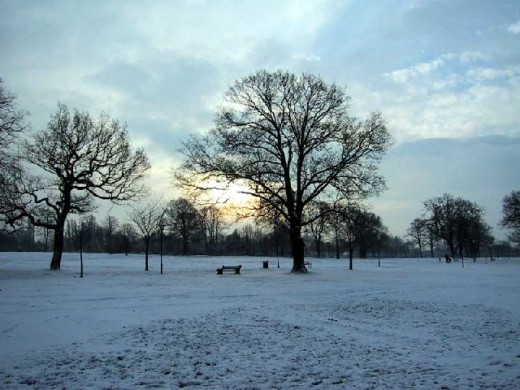
Purchase a Winter Depression Light
What Causes Seasonal Affective Disorder?
Depression sufferers caused by SAD, experts believe is triggered by the brain’s response to the decrease in daylight exposure. As the video explains no one really understands how or why this happens, but it seems to happen. SAD affects all genders and all ages, and in my opinion even some animals seem to feel the effect of the seasonal changes. Some cats and dogs just seem to become lazy while other animals like bears choose to hibernate and sleep through the cold wintery days.
Experts believe the two specific chemicals (serotonin and melatonin) may be involved with the seasonal affective disorder. Theory has it that sunlight might play a key role in the brain’s production of these two hormones which helps regulate a person’s sleep-wake cycles, energy, and mood. Melatonin is produced in greater quantities when it’s dark and serotonin is produced in greater quantities when a person is exposed to sunlight.
Shorter days and longer hours of darkness in the fall and winter may cause decreased levels of serotonin and increased levels of melatonin, creates the biological conditions for depression. Hence, increased production of melatonin can cause a person to feel lethargic and sleepy, while low levels of serotonin is associated with depression. Thus increasing one’s light exposures increases the availability of serotonin helps to ward off depression.

Now for Some Holistic Treatments for Seasonal Depression
Now that you have a good understanding about seasonal affective disorder, it is time to reveal some of the natural cures that can assist an individual have a better fall and winter season.
Bright Light Therapy
Most artificial light cannot replace natural light that occurs in nature. Intensity of light is measured in a unit called a lux. A sunny afternoon can be up to100, 000 lux, and even on cloudy days there is approximately 10,000 lux of natural light coming from Mother Nature. Whereas the electric light used in a workplaces and homes is about 500 lux. Hence, short, cold, wintry days mean that most people are deprived of natural sunlight. Researchers have discovered that at least 2,500 lux of light to suppress melatonin production within humans.
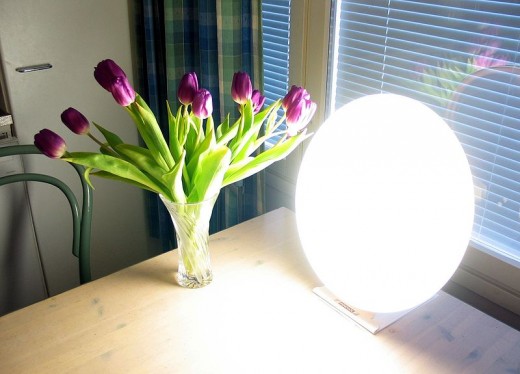
Researchers urge people with SAD to sit under a bright light for 30 minutes daily from October through April. Implementing light therapy for seasonal affective disorders is done by sending light through the eyes so that it reaches and triggers the pineal gland. Most bright light therapy produces 5,000 lux of light however, most doctors and researchers recommends a 10,000 lux lamp. The bright light that I purchased only illuminates 5,000 lux however; I use it longer than 30 minutes a day.
At least 15 medical centers and clinics have had success with light therapy in patients with histories of SAD for several years. Improvement is usually observed within the first week of using the bright light therapy. However, the light therapy is something that is required throughout the duration of one’s symptoms. In other words, an individual cannot use the light a few weeks and then be cured. The bright light therapy must be used consistently until the outdoor light is sufficient to maintain a good mood and high energy. Light specialists theorizes that “mal-illumination” (lack of sufficient daylight) may be the reason for common disorders like fatigue, depression, skin damage, suppressed immune function, and sleep problems.
Buy up to 10,000 lux Therapy Lighting
Additional Holistic Treatments
for Seasonal Depression (S.A.D.)
Additional Info on SAD
Buy Negative Ion and Dawn Simulation Devices
Negative Ion Therapy
This treatment involves a device that works by releasing a negative ion, a molecule that contains an extra electron and is used for air cleaning. These ions cling to the dirt, which is positively charged, and settle down, making the air cleaner like fresh air after a thunderstorm. In nature, these negatively charged particles are created by the sun, wind, moving water, etc. Researchers have found that having these devices in the proximity of the SAD sufferer helps reduce the irritation and depression, while improving their energy level
Dawn Simulation
The New York State Psychiatric Institute performed a study to find the effect of dawn and dusk conditions on SAD. A computer was used to simulate the gradual appearance of d awn and the gradual disappearance of light in the evening characteristic of spring. Results showed that SAD sufferers reported substantial improvement, as good as following the full photo therapy. Blood tests revealed that the dawn simulation resulted in cutting off the production of melatonin and restoring of the circadian rhythm. When exposed to the artificial dusk simulation, the patients were also able to get a good deep night’s sleep.

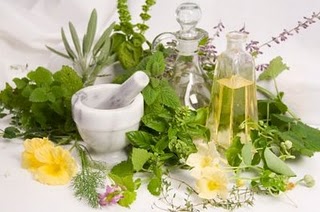
Buy Herbs that Help Seasonal Depression
Herbal Medicine for S.A.D.
As you may know herbal remedies can be use when one is seeking the natural way of healing through naturopathy. Needless to say, there are natural herbs that can assist in making an individual feel better and assist to uplift one’s mood.
Borage – This herb is a natural antidepressant that is rich in potassium and is said to be a great remedy for melancholy, pensiveness, and sadness. The juice for the borage leaves stimulates the glandular system which helps to overcome the ‘feeling of the blues.’ Consumption of the leaves are seeds are said to make one feel stimulated, energized, ad renewed with as zest for live.
Lemon Balm – A member of the mint family can be used in a tea or as an aromatherapy essential oil to help relieve that apathetic, lethargic feeling that comes with depression. Lemon balm has a calming aroma and offers an uplifting of one’s spirit and provides a sense of well- being.
St. John’s Wort - St. John’s Wort is an herbal flower that has been through more than 30 clinical studies according to the WebMd and states that there is some scientific evidence that this herb is helpful in treating mild to moderate depression. While this herb does gently restore you back to your old self again, it can have harmful side effects when taken with antidepressants and or is not used properly. So be sure to research and seek herbal advice if you have not used this herb before.
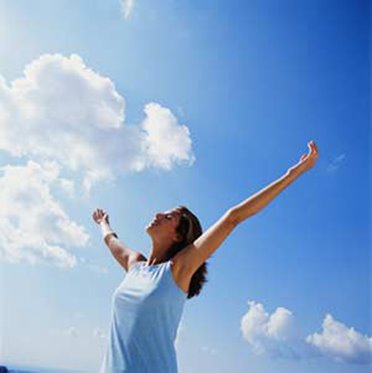
more Info on Seasonal Depression
Conclusion
In conclusion to Holistic Treatments for Seasonal Depression, I think it is important to note that many of the lamps can be carried with you when traveling just look for the ones that stay they can be used for portable light therapy. That way you can continue to enjoy your sense of well being even when away from home for days at a time.
Perhaps you do not suffer from seasonal affective disorder, however would love to be able to relax and be less stressful during the holiday season. My hub on Holistic Healing Benefits of Therapeutic Essential Oils provides information on how to use essential oils for relaxation. Also you might light to try using brighter lights in your home during the winter months just to add a little extra light in order to lighten everyone's mood.
Remember that spiritual healers see the mind, body, and spirit as one interdependent unit and believe all three must work in harmony to maintain positive healthy lifestyle. So an issue of depression needs the power of healing to restore the balance to the whole person. Needless to say, bright light therapy can assist in restoring balance to an individual in order for the holistic healing process to begin from within.
Namaste!
Disclaimer: This information is solely for informational purposes. IT IS NOT INTENDED TO PROVIDE MEDICAL ADVICE. Before engaging in any complementary medical technique, including the use of natural or herbal remedies, you should do your own research, and then consult your present physician or find a reputable doctor, TCM specialist, certified herbalist or naturopathist familiar with alternative medicines that can assist you in deciding what treatments might meet your specific needs.







